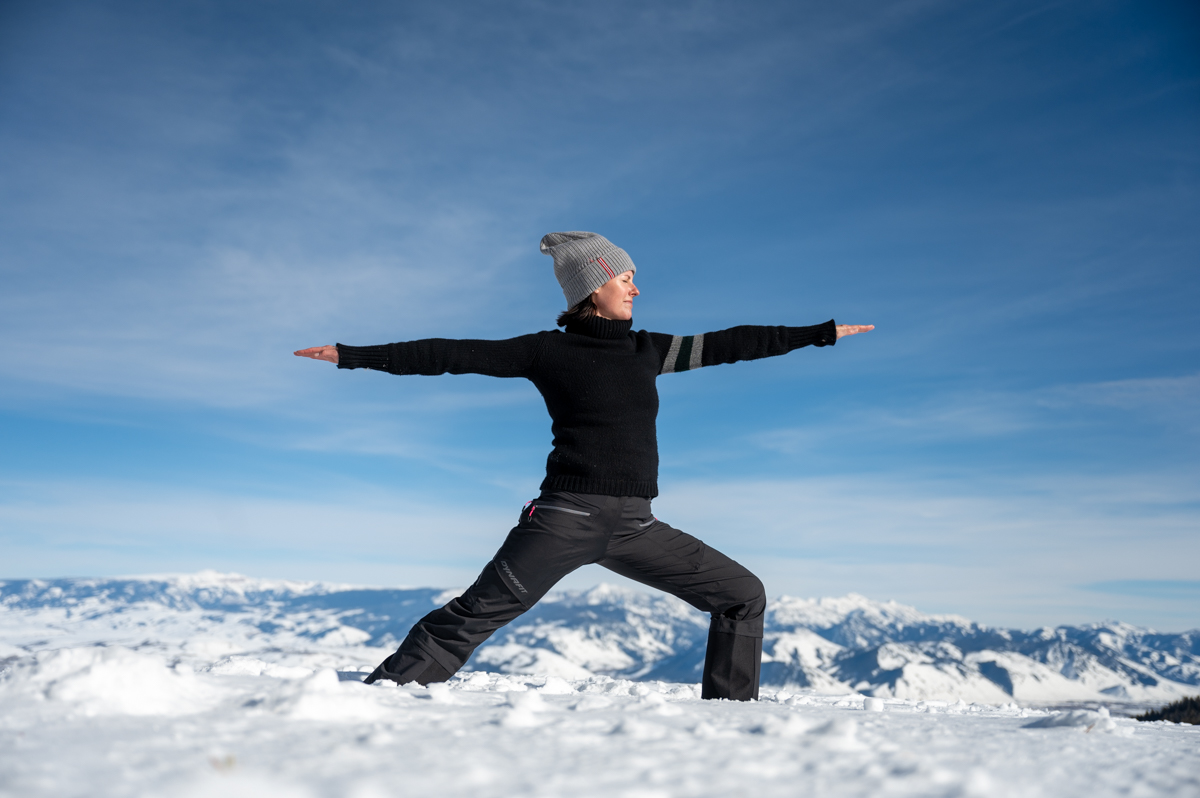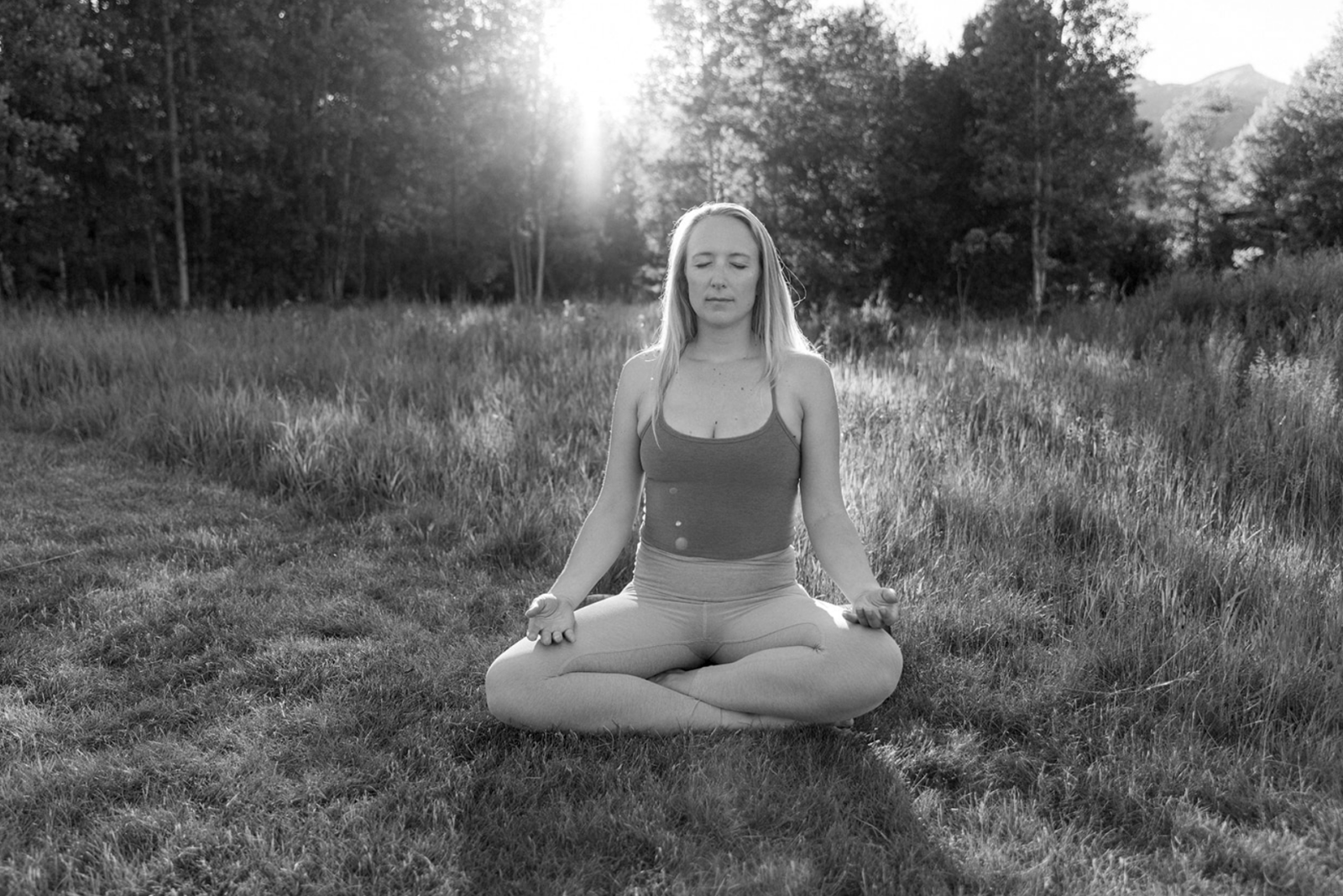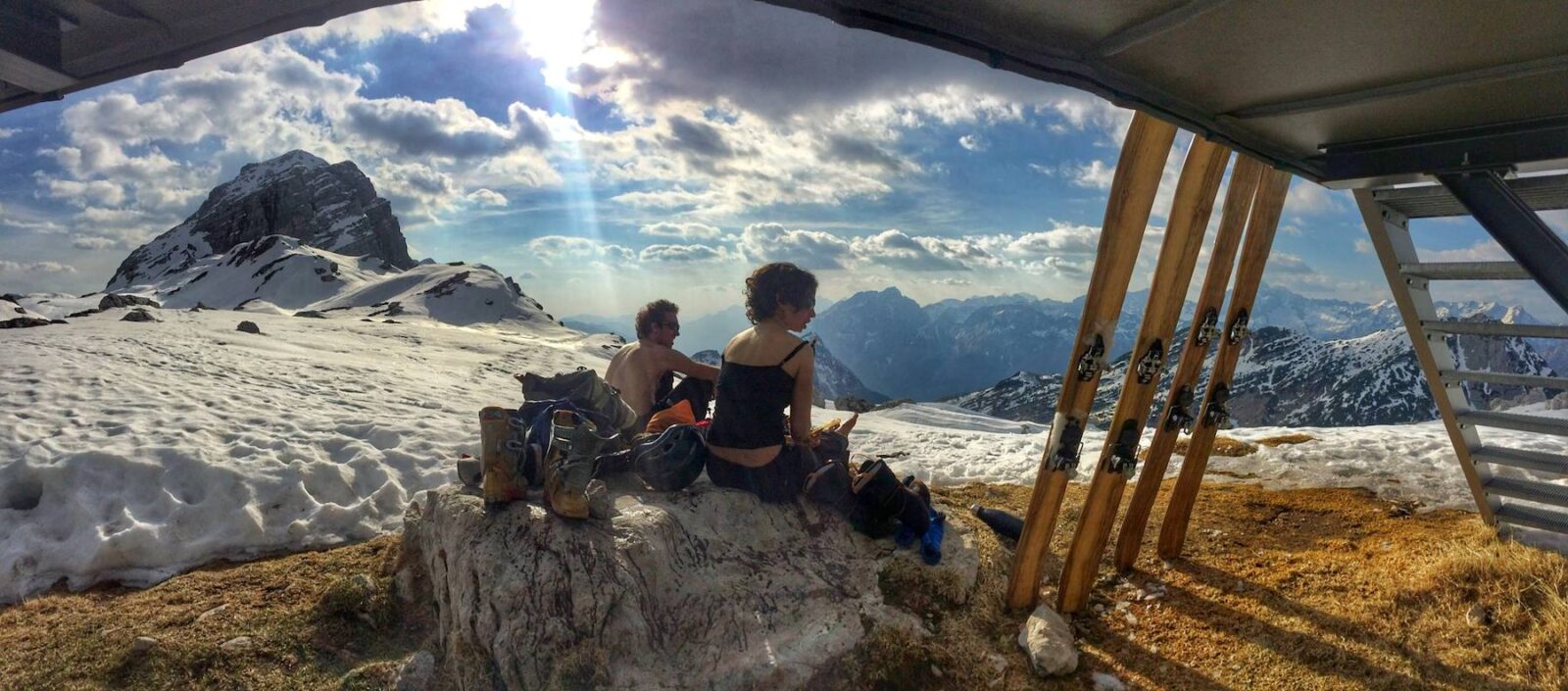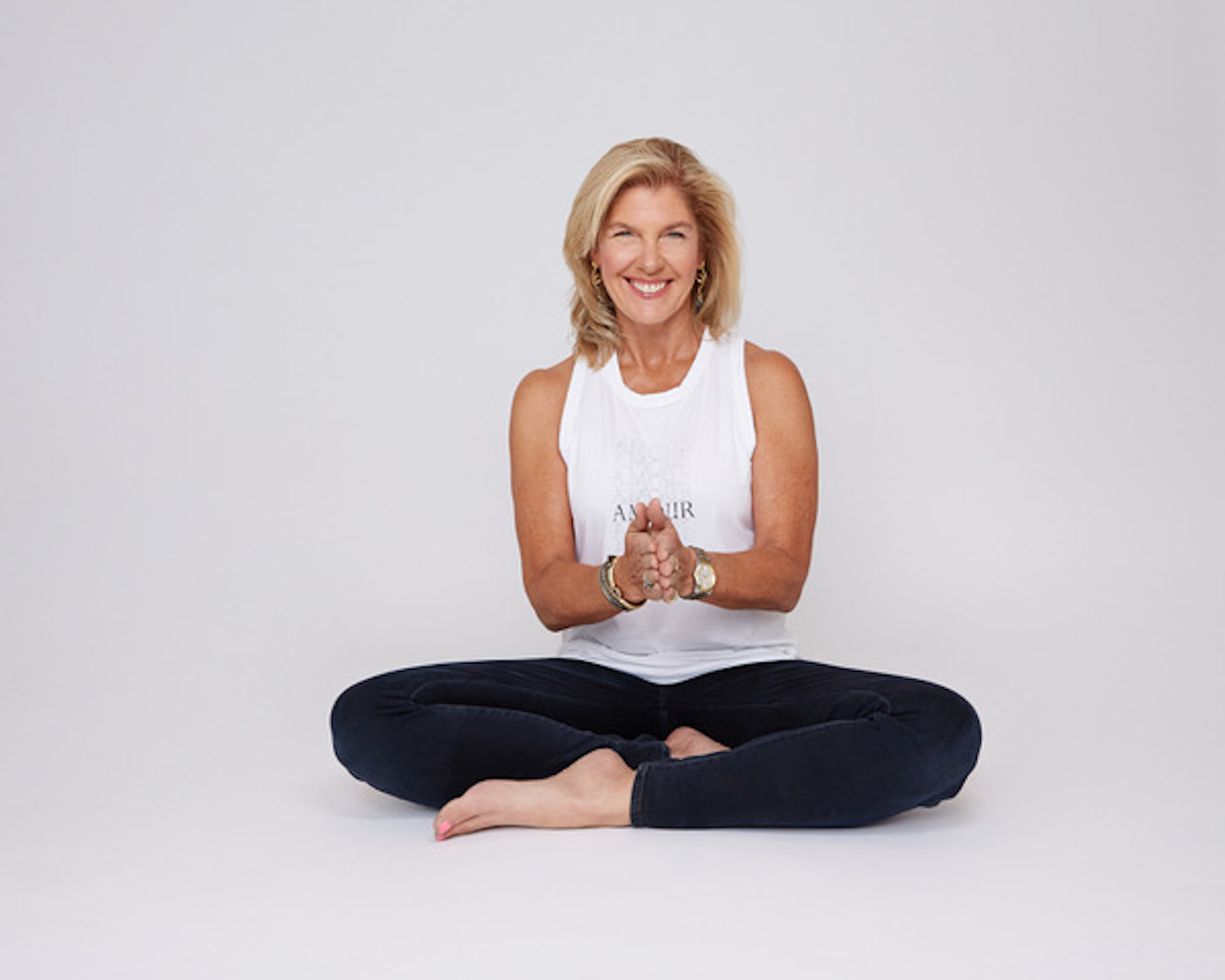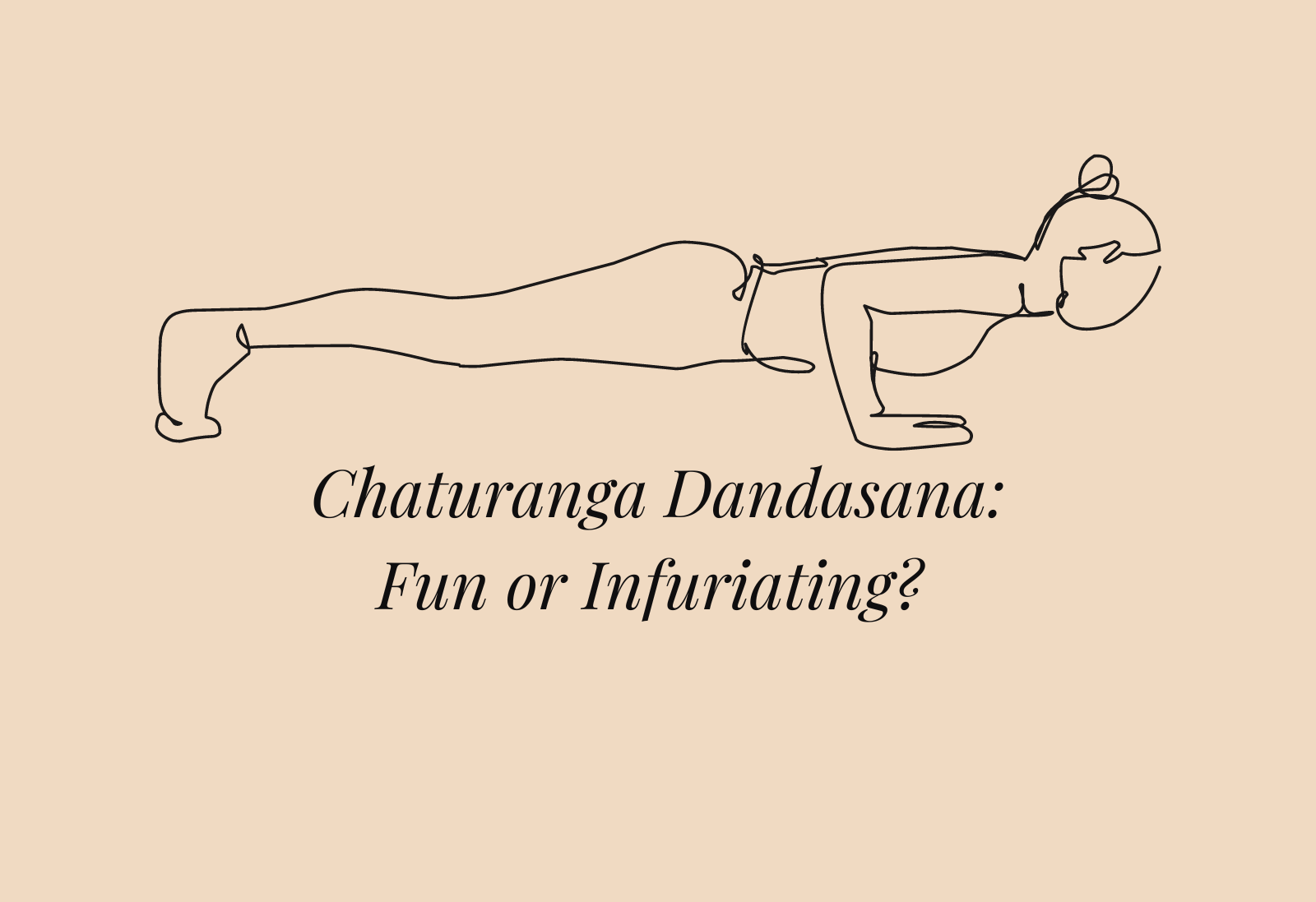
Chaturanga Dandasana: Fun or infuriating?
Chaturanga Dandasana = Four-Limbed Staff Pose
• Also known as Low Plank
• When the body is parallel to the floor supported my palms and toes with elbows bent.
• It looks like the lowest part of a push up.
The average Teton Yoga Shala class repeats Chaturanga Dandasana (Low Plank) six to ten times. You’ll often hear teachers prompt several variations of the posture such a Bhujangasana (Cobra Pose) or holding Kumbhakasana (High Plank) as well as pointing out that they are optional. As our studio owner, Ainslie, likes to say, ‘you don’t win a prize for doing all the Chaturangas!’
We took a poll recently to see how our community feels about Chaturanga. The results were surprising! 63% of students polled answered ‘love them – want more!’ while 30% selected ‘tolerable – skip them sometimes’ and 7% answered ‘not for me.’ This blog post and Ainslie’s Chaturanga Workshop on Friday, June 16th are for everyone no matter how you feel about the pose.
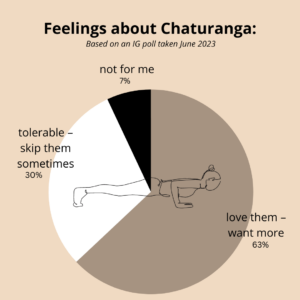
Where it fits into the yoga practice:
It’s a part of Surya Namaskar A = Salute to the Sun
Mountain pose + forward fold + halfway lift + high plank + low plank + up dog + down dog
In Ashtanga Yoga, it’s the fourth posture.
Its purpose:
To strengthen the entire body especially biceps, triceps, pectoral muscles, abdominals and quadriceps.
The history of the pose:
Chaturanga Dandasana first appears in the 1896 Vyayama Dipika, a manual of gymnastics to strengthen Indian wrestlers. Norman Sjoman, a yoga historian know for The Yoga Tradition of the Mysore Palace published in 1996 says Chaturanga Dandasana was adopted into modern yoga in Mysore, India by Krishnamacharya. Krishnamacharya is attributed to the creation of the flowing movements between poses that we practice today. Chaturanga Dandasana was then practiced and popularized by his students Pattabhi Jois and B.K.S Iyengar.
Variations:
High Plank is considered a variation of Low Plank with the arms straight. If you prefer to skip the Low Plank and Up Dog, we suggest you hold High Plank for one full breath before pressing back to Downward Facing Dog.
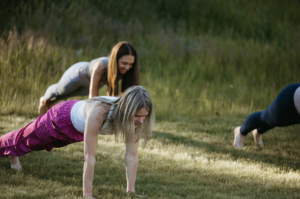
As you build strength for the full vinyasa, we suggest putting your knees on the floor as you lower from High Plank into Low Plank. With your knees on the floor, it is especially important that you engage your abdominals and maintain a straight line from crown of head to knees or risk dumping pressure into your low back. Before you lift into Upward Facing Dog, engage your quadriceps, and hover your knees off the floor.
If you’re curious how to strengthen your Chaturanga Dandasana, join us on Friday, June 16th from 5:30 – 6:45pm for a Chaturanga focused workshop with Ainslie Mintz. She’ll teach us proper alignment, safe practices and uplevels.


